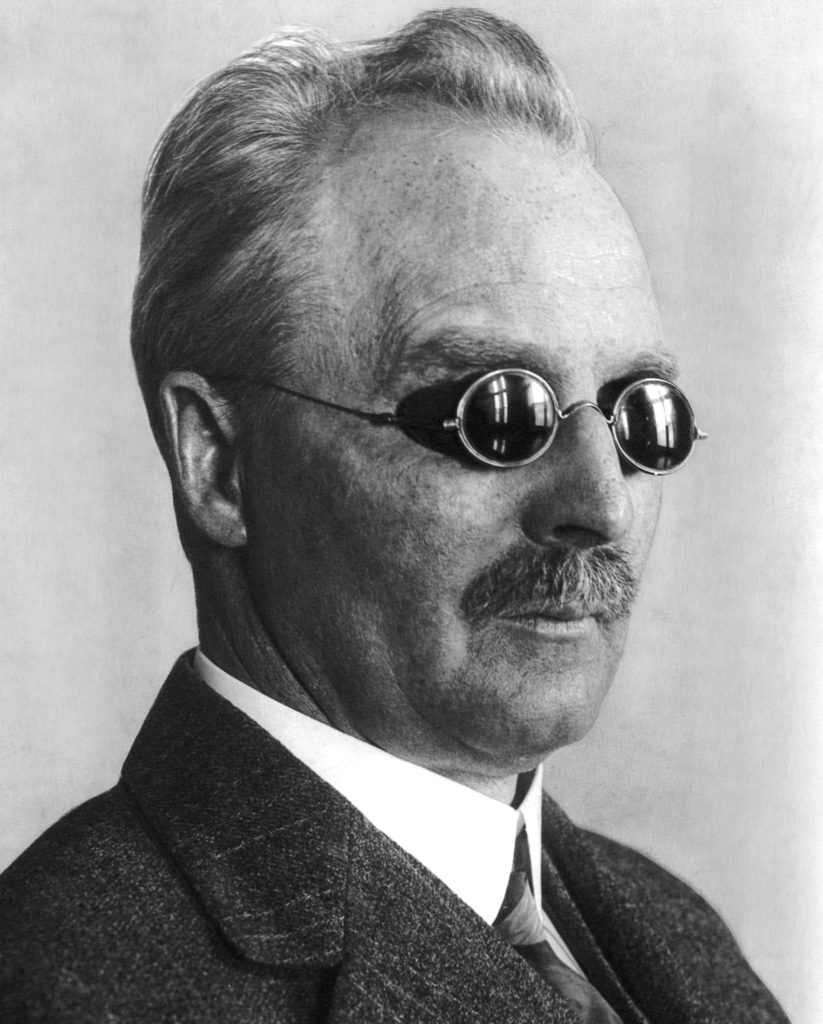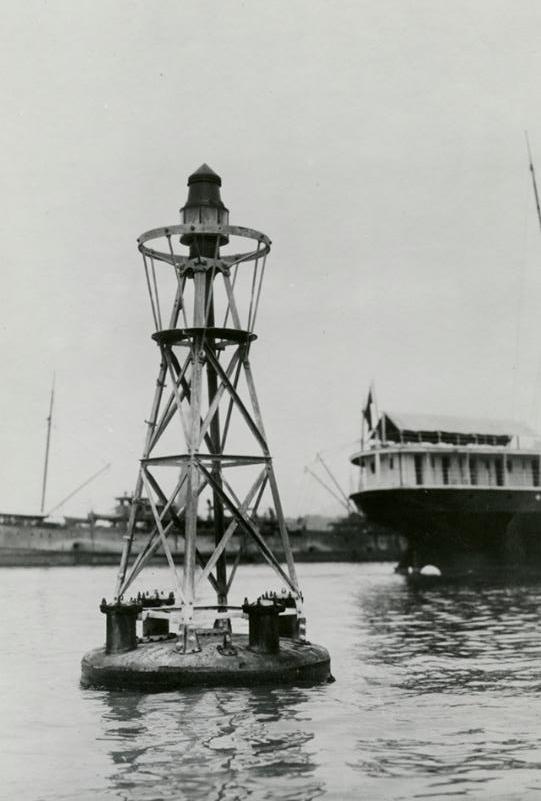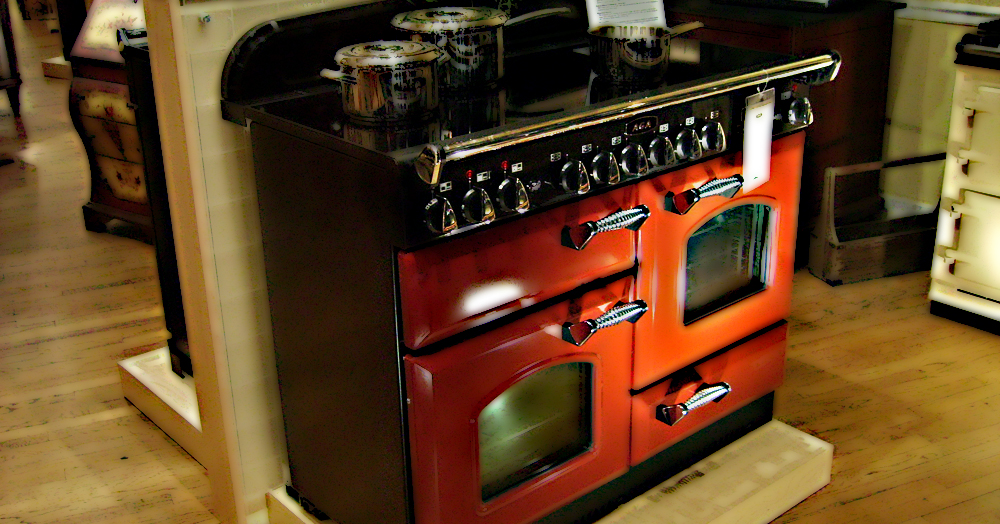Lighting is a vital area and providing fuel or power has been a difficult problem. The oil-based systems, often using whale oil, for fixed and floating lights needed an operator present so were impractical. for buoys The first successful system was the Pintsch gas light which had been developed for railway lighting; this was trialled on the Ovens buoy on the Thames in 1877 and could run unattended for up to four months; gas was stored in the body of the buoy and replenished by tender, not an easy operation at sea. An electrical option to turn the light off in the daytime was available but not used so the lights burned all day. A dedicated gas works was needed so was a major commitment.
By 1890 there was also an occulting system and about 150 gas buoys were in place worldwide1 system see ‘Beacon Lights and Fog Signals1’. Nature 40, no. 1022 (1 May 1889): 110–14. https://doi.org/10.1038/040110b0..
Experiments had been conducted using acetylene, discovered in 1836. This gave a much brighter light but had the disadvantage that it was unstable and explosive. This resulted in several deadly buoy and tender explosions with fatalities so these were abandoned until an invention by Swede, Gustaf Dalén.

He devised a safe way of storing explosive acetylene with his ‘Acetyle Gas Accumulator’, from which the AGA company’s name is derived. He also developed a fast flashing mechanism and a daylight sensor which turned off the gas in the daytime. Quite an achievement with a mechanical design. In 1912, he was awarded the Nobel Prize in Physics for his work. Unfortunately, an explosion whilst experimenting, blinded him but, nevertheless, he went on to create the AGA cooker.

Some gas-lit buoys were not retired until the 1980s.
Sources
Footnotes
- 1system see ‘Beacon Lights and Fog Signals1’. Nature 40, no. 1022 (1 May 1889): 110–14. https://doi.org/10.1038/040110b0.
- 1system see ‘Beacon Lights and Fog Signals1’. Nature 40, no. 1022 (1 May 1889): 110–14. https://doi.org/10.1038/040110b0.
